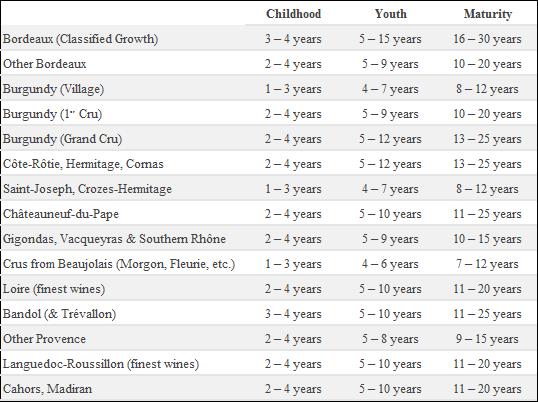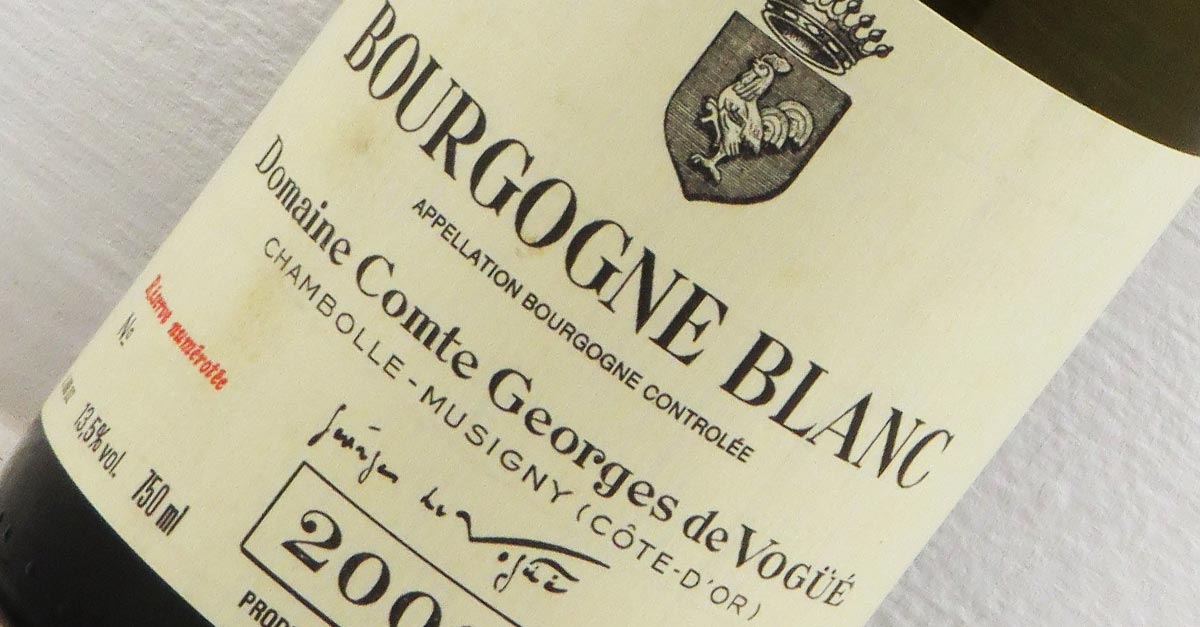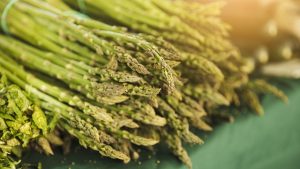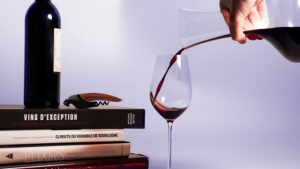
A good wine must be good at every stage of its evolution from its childhood to its maturity. But its profile will vary depending on when the bottle is opened: intense and fruity at first, more subtle and complex over the years. Below, an overview of the three main stages of a red wine.
The first question you might ask yourself is: when does a wine moves from childhood to adulthood and from when does it mature? The answer is simple: it depends!
The three essential parameters to understand how a wine ages are:
- the type of wine: we know that a Beaujolais won’t have the same evolution as a Pauillac.
- the vintage: a good vintage will evolve more slowly than an average one.
- the storage conditions: wines in a cellar with high temperature variations will evolve much more quickly than a wine stored at constant temperature around 14°C.
Note that in order to be relevant on determining the main phases of maturation by type of wine, let’s consider only wines made in good vintages and stored in good standard conditions (cellar between 12°C and 18°C).
So over the years, how do red wines behave, how do their aromas change and their colour evolve? How do we perceive this evolution? Even though every palate is different, let’s get an overall understanding to the perception of wine ageing.
Childhood:
Colour: A young red wine will almost always have a bright colour, varying of course, depending on the grape variety. A Pinot Noir from Burgundy will often have a light ruby colour whereas a Cabernet Sauvignon from Bordeaux or a Syrah from the Rhône will have an intense dark garnet colour often with bluish violet notes on the rims.
Nose: The primary aromas associated to the grape variety are clearly dominant at this stage and often tight with fermentation notes. This is when the wines give off intense floral aromas, usually peony, violet and pink flowers and fruity notes as raspberry, blackcurrant, strawberry and blackberry. With barrel-aged cellaring wines, you often also notice aromas of graphite (pencil lead) and wood (often vanilla).
Mouth: In childhood, we mostly find intense fruits, which are pleasant but usually not very complex, even for the finest wines. They often have a dense mouthfeel with intense tannins. The ‘silkiness’ of a wine will give a good indication of the quality of the winemaking. At this stage, only wine enthusiasts with some experience will be able to distinguish whether the wine is for immediate pleasure or has a bright ageing potential and will thus be even better in a few years’ time.
Youth
Colour: There is very little change from the previous stage. Maybe a slightly less bright colour on the rims, but hardly noticeable. The purple or purplish hue won’t be noticeable after three or four years.
Nose: For wines without much ageing potential (less than ten years), the nose loses its primary aromas and becomes fuller with still a good presence of fruit but in a less exuberant form. This is usually when the nose is the most attractive and intense. For the finest wines, this phase is sometimes more disappointing, as they tend to close up for a while with fruits that aren’t expressed as well as before. There are perceivably deep but subtle notes like spicy liquorice.
Mouth: Very similar to the nose. For wines without much ageing potential, the mouth becomes rounder, fuller and more balanced. The fruit is fully expressed, the wine is easy to appreciate and reaches its peak. For wines with long ageing potential, on the nose, the fruit is expressed as well and the aromas are in general very discreet. The density, texture and silkiness of the tannins allow you to assess the quality of the wine. Opening the wine at least two hours before and using a carafe are highly recommended at this stage. This will somewhat accelerate the aging process and help to fully express the aromas.
Maturity
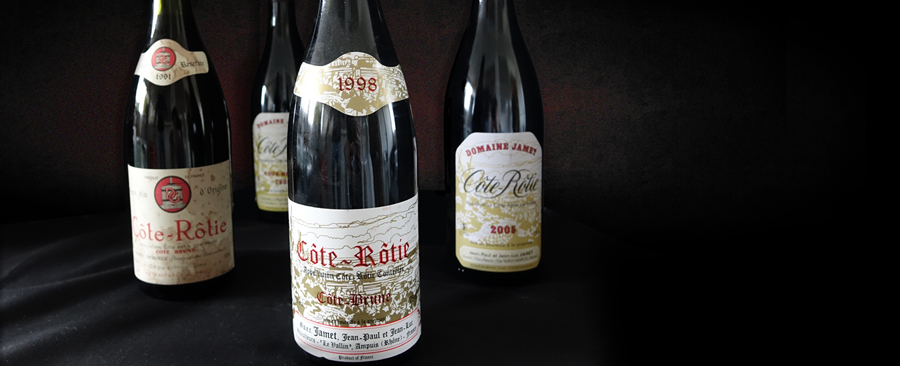
Colour: Over the years, red wines go from intense and dark red to orange shades, vermilion, tiled or brick colours depending on the vintages, grape varieties and appellations. If it turns brown or has exceeded the mahogany hue, it may have already reached its peak. Most wines with short ageing potential reach maturity after about ten years and shouldn’t see their colours reach this shades. If they do, they will most probably have lost their luster and intensity.
Nose: The first nose offers an initial impression of how much you have to gain from drinking a wine mature rather than in its youth. It is obviously difficult to measure pleasure as every palate is different and an explosion of fruit in young wines can provide a lot of pleasure, yet the complexity of aromas in a mature wine (cocoa, smoky notes, leather, humus, truffle…) is something that all wine lovers appreciate. Even a wine less inclined to ageing can offer wonderful notes as do great vintages of Morgon or Moulin-à-Vent after 15 years of age, typically showing aromas of wilted roses.
Mouth: When reaching this stage, wines have a more subtle mouthfeel: fruit notes become slightly more cooked and delicate aromas similar to those on the nose shine through. The wine becomes more delicate, balanced and less straightforward. However, as the time diminishes the aromatic intensity of the fruit, wines that have undergone intense oak-ageing will lose their initial balance and become dryer on the palate.

